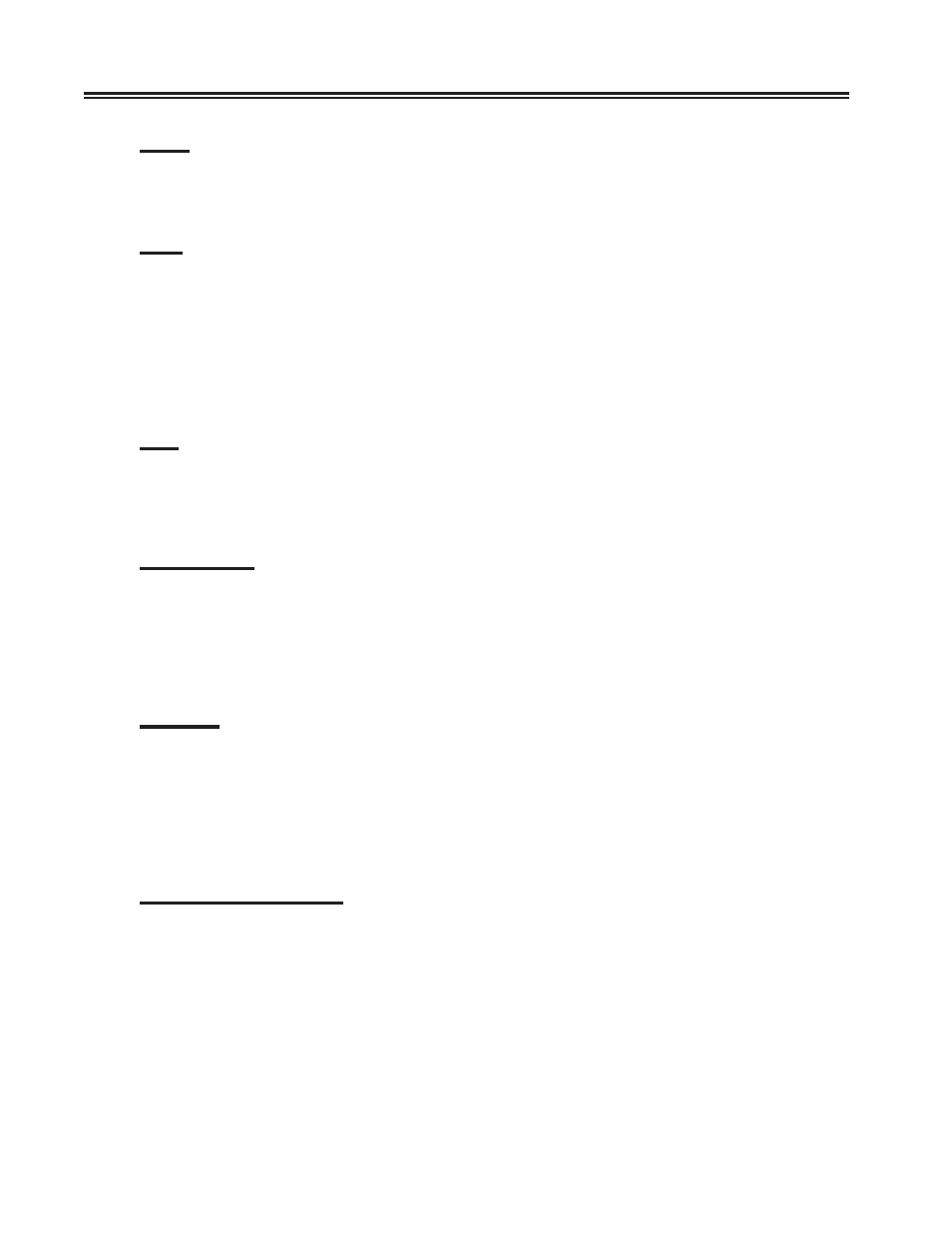Visara SCON-20L Configuration Manual User Manual
Page 64

7-2
707044-006
SCON-20L/22L/25L/28L Configuration Manual
Class
The Class number is an index number used on the Device Profile Assignments panel to
distinguish which print queue is being assigned to a printer.
Type
TCP Socket printing and LPD printing are both supported by the SCON-2XL. There
are advantages to both types of printing, and you must coordinate the type of printing
with the client platforms that will be sending the print jobs. TCP printing can be
accomplished faster (data is not queued before printing), and is better suited as a dedicated
printer (one source for the print jobs), since only one source can send a job at a time.
LPD printing requires that the print job be received in total before printing commences,
but multiple jobs can be received and queued for the printer.
Line
This refers to the network adapter that will be listening for the print jobs. You can
toggle through the available network adapters installed in the SCON-2XL, to select the
correct one.
Queue Name
The queue name is used by LPD to route the job to appropriate print queue within the
SCON platform. The print queue name is case sensitive, so be careful to coordinate the
configuration of this name with the client configurations. A queue name is not used by
the TCP Socket printing method, but LINCS requires that you create a name for benefit
of feature management.
TCP Port
This option need only be configured for TCP print servers, and must be coordinated
with the clients that will be sending jobs to this server. This is the TCP port that LINCS
will be listening on to receive the print job. Only one client can connect to this port at
one time. You can configure multiple queues each with a different port if desired. Ports
used by LPD are predefined by the protocol, and do not need to be configured on the
client or the server. Do not use ports assigned to other features such as Telnet or TN3270.
Maximum Connections
The number of connections only applies to the LPD print queues (not TCP), and is
used to determine how many concurrent users can establish a connection at one time
for the purpose of transferring a print job. The FET card has a finite number of
connections that are allowed at one time for use by Telnet Host connections and Print
Server connections, so you need to coordinate the use of these connections. If a user
attempts to connect when all of the allocated sessions are in use, the connection
request will be refused, and most clients will attempt to retry the connection later.
The number of retries is often configurable at the client. Once the job is received it is
spooled to the hard drive, to await its turn to be printed, and the connection is freed up
for another user to connect to.
